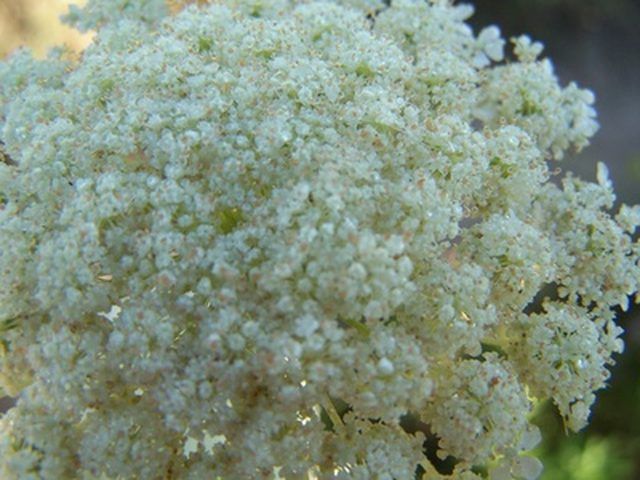Bulbs
Flower Basics
Flower Beds & Specialty Gardens
Flower Garden
Garden Furniture
Garden Gnomes
Garden Seeds
Garden Sheds
Garden Statues
Garden Tools & Supplies
Gardening Basics
Green & Organic
Groundcovers & Vines
Growing Annuals
Growing Basil
Growing Beans
Growing Berries
Growing Blueberries
Growing Cactus
Growing Corn
Growing Cotton
Growing Edibles
Growing Flowers
Growing Garlic
Growing Grapes
Growing Grass
Growing Herbs
Growing Jasmine
Growing Mint
Growing Mushrooms
Orchids
Growing Peanuts
Growing Perennials
Growing Plants
Growing Rosemary
Growing Roses
Growing Strawberries
Growing Sunflowers
Growing Thyme
Growing Tomatoes
Growing Tulips
Growing Vegetables
Herb Basics
Herb Garden
Indoor Growing
Landscaping Basics
Landscaping Patios
Landscaping Plants
Landscaping Shrubs
Landscaping Trees
Landscaping Walks & Pathways
Lawn Basics
Lawn Maintenance
Lawn Mowers
Lawn Ornaments
Lawn Planting
Lawn Tools
Outdoor Growing
Overall Landscape Planning
Pests, Weeds & Problems
Plant Basics
Rock Garden
Rose Garden
Shrubs
Soil
Specialty Gardens
Trees
Vegetable Garden
Yard Maintenance
How Long Do Queen Anne's Lace Flowers Bloom?
How Long Do Queen Anne's Lace Flowers Bloom?. Queen Anne's lace (Daucus carota) gets its name from the round clusters of tiny white flowers that form atop its tall stalks. The biennial herb, also known as "wild carrot," has a six-month blooming period.

Queen Anne's lace (Daucus carota) gets its name from the round clusters of tiny white flowers that form atop its tall stalks. The biennial herb, also known as "wild carrot," has a six-month blooming period.
Time Frame
Queen Anne's lace blooms from May through October, according to North Carolina State University. Because Queen Anne's Lace is a biennial, its life cycle is two years, with flowers appearing during the second year, according to Fairfax County Public Schools.
Features
The plant's tiny flowers grow in 3- to 4-inch-wide, flat clusters. Each flower produces two seeds, which it releases from mid-summer through mid-winter, according to North Carolina State University. Queen Anne's lace stalks can reach 1 to 4 feet tall.
Significance
Queen Anne's Lace can crowd out native species. In Ohio, Iowa, Michigan and Washington, it is classified as a noxious weed, according the U.S. Department of Agriculture.
Fun Fact
Queen Anne's Lace produces an edible root that is a type of carrot, according to Fairfax County Public Schools.